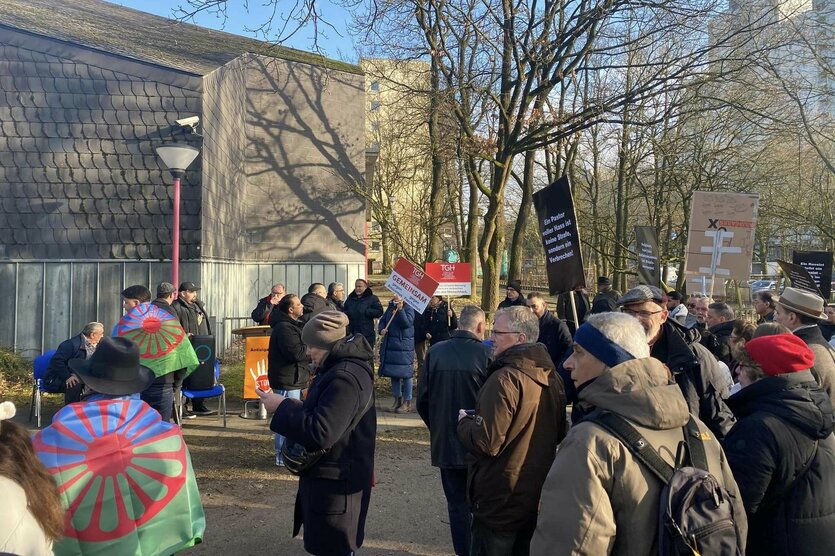Bracher (2013) in her article presents a shocking picture of humiliated, exploited women to be reintegrated back into Hungarian society by the Hungarian Baptist Aid Charity after their exit from prostitution. Two-thirds of them were Rroma. The women were all victims of pimps – often their own brothers, uncles or friends – who threatened them with violence or already applied it and under whose influence they mostly still stood. The interviews were all done by Bracher in the presence of a member of the charity and favour a victim’s perspective with a “Loverboy” havin pushed the women into prostitution. It is says for example: “With 24 Valeria met a man who promised her an income opportunity in Budapest. Whether she then knew then that it was about prostitution? She denies it, perhaps out of shame. When she learns in Budapest what is expected of her, she wants to go home. But the man threatened her that he will kill her grandmother. […] Onlyl last February Katalin did return from Zurich. Her then boyfriend took her to Zurich and told her there that he had sold her to a pimp. He brought her in a hotel where she was coerced into prostitution.” Without any intention to playing down forced prostitution, a question arises due to the discrepancy between Bracher’s representations and the opinions of women and prostitutes organisations These paint a different picture that does not correspond to the exploitation of Rroma by Rroma. The prostitutes organisations Dona Carmen (2013 ), Hyra (2013) and the Zurich Institute against the trafficking of women and women migration (2013) describe forced prostitution as a marginal phenomenon that constitutes the exception, not the rule. Rather, the economic misery is the cause for prostitution, usually voluntary. Poverty is therefore what needs to be addressed, not the prostitution itself. Moreover, one should not only always speak about, but one must also discuss with the prostitutes: “It is not a great job. It is a tough job. But it annoys us when sex workers are always portrayed as victims. They are not. Many of them are strong, wise women who make a living and that of their families and are small entrepreneurs. They are victims only because of the stigma of sex work” (Boos 2013). Here, however, great caution should be exercised before playing down forced prostitution. Dona Carmen (2013) refers in its presentation on police statistics on declining, even almost non-existent cases of human trafficking in Germany. The reliability of these statistics is to be doubted, as the identification of human trafficking is far from clear and simple. The same goes for the other side, the one claiming that each case of prostitution is the result of trafficking. To describe the exploitation of Rroma by Rroma as standard case is to be decidedly questioned. It corresponds to the Weltwoche view that sees Rroma society as a hierarchically organised clan structure.
- Boos, Susan (2013) Ein Verbot schadet den Frauen. In: WOZ online 19.9.2013. http://www.woz.ch/1338/prostitution/ein-verbot-schadet-den-frauen
- Bracher, Katharina (2013) Das Leben nach dem Zürcher Strich. In: NZZ am Sonntagonline vom 27.10.2013. http://webpaper.nzz.ch/2013/10/27/schweiz/KQ8CG/das-leben-nach-dem-zuercher-strich
- Dona Carmen (2013) Die Würde der Sexarbeiterinnen. In: TAZ online vom 17.8.2013. http://www.taz.de/!122003/
- Hydra (2009) Leitbild: Hydra – Treffpunkt und Beratung für Prostituierte. In: Hyrda-Berlin online vom 7.2009. http://www.hydra-berlin.de/fileadmin/users/main/pdf/Leitbild_Hydra_30_Jahre.pdf







